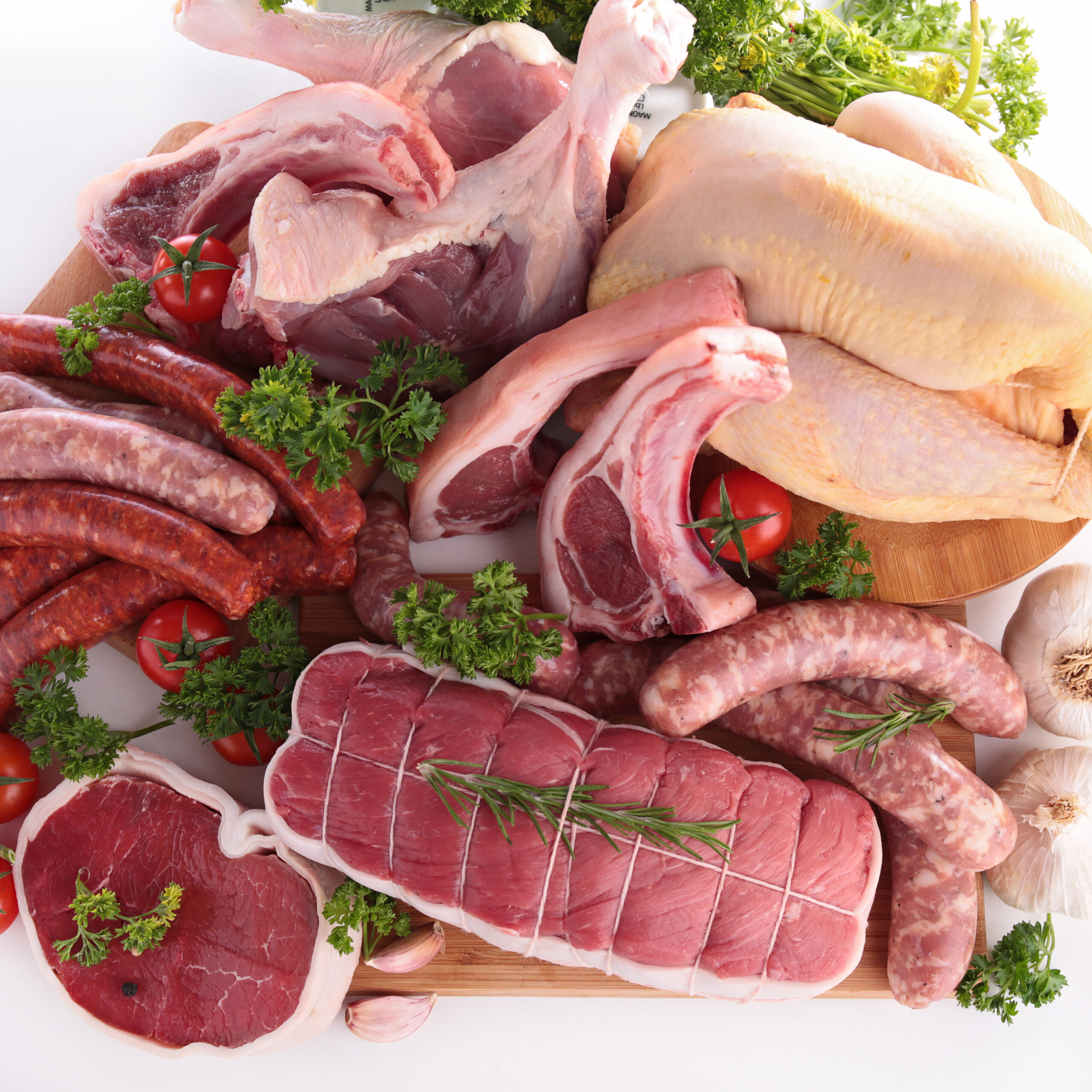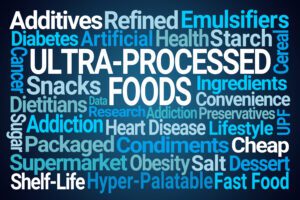Meat Glue Exposed: The Hidden Hazard in Processed Meats
July 22, 2024
 166
166 
Did you know that there lurks an invisible ingredient in meat that has been raising health concerns —It is called meat glue- scientifically known as transglutaminase?
Transglutaminase is an enzyme used to bind pieces of meat together to create larger, more uniform cuts that creates a seamless appearance.
According to the American Meat Institute, it is estimated that around 8 million pounds of meat were glued in the USA in 2011, and it is likely that this number has increased over time.
While this practice may seem harmless, the hidden dangers of meat glue extend far beyond mere culinary trickery. From potential allergenic reactions to bacterial contamination, the risks associated with this additive warrant a closer examination.
Join us as we delve into the world of meat glue, uncovering the truths that every health-conscious individual needs to know.
Meat glue is used in a variety of products including ham, chicken, fish, pizza toppings, sausages, hot dogs, and even some dairy products like cheese and yogurt. Plus the use of meat glue goes well beyond meat products. It’s used in various food processing applications, including dairy products, baked goods, and plant-based proteins, to improve texture, appearance, and functional properties.
Where does meat glue come from?
The most widely used commercial transglutaminase today is the microbial version produced through bacterial fermentation. This enzyme is calcium-independent, unlike some mammalian transglutaminases that require calcium.
Based on the search results, meat glue (transglutaminase) poses several potential dangers to consumers:
It’s important to note that while transglutaminase is considered “generally recognized as safe” (GRAS) by the FDA, these potential risks have led some experts and consumers to call for more thorough safety evaluations and stricter regulations on its use in food products.
To avoid meat glue (transglutaminase) in your food, here are some key strategies:
Remember, while transglutaminase is considered safe by the FDA, some consumers prefer to avoid it due to concerns about food quality and potential bacterial risks. Being vigilant and informed is key to avoiding meat glue if that’s your preference.
https://www.healthline.com/nutrition/transglutaminase
https://www.webmd.com/diet/is-transglutaminase-safe
https://www.yimingbiotechnology.com/meat-enzymes/
https://pubmed.ncbi.nlm.nih.gov/21415882/
https://www.ncbi.nlm.nih.gov/pmc/articles/PMC3971462/
https://www.webmd.com/diet/is-transglutaminase-safe
https://foodinsight.org/what-is-transglutaminase/
https://www.ncbi.nlm.nih.gov/pmc/articles/PMC3971462/
https://www.yimingbiotechnology.com/what-is-transglutaminase-and-is-it-edible.html
https://www.healthline.com/nutrition/transglutaminase
https://www.webmd.com/diet/is-transglutaminase-safe
https://www.ncbi.nlm.nih.gov/pmc/articles/PMC8537092/
https://nutritionfacts.org/video/is-meat-glue-safe/


In the United States, ultra-processed foods make up nearly 60% of the average diet, a staggering statistic that poses serious health risks. These foods, often loaded with additives, preservatives, and artificial ingredients, are convenient but come at a cost. Studies show that excessive consumption of ultra-processed foods significantly affects your health and wellness by raising […]


Does Sourdough Bread Have Health Benefits? In recent years, sourdough bread has made a remarkable comeback. It has captured the attention of health enthusiasts, food bloggers, and home bakers alike. Once seen as an old-fashioned staple, it has now become a symbol of artisanal quality and health-conscious eating. From its rustic appearance to its distinctively […]


Based on the search results, some of the most widespread processed food ingredients in the USA include: Additives: The prevalence of food additives has increased significantly, with 60% of foods purchased by Americans containing technical food additives in 2019, up from 50% in 2001. The mean number of additives in purchased food and beverage products […]